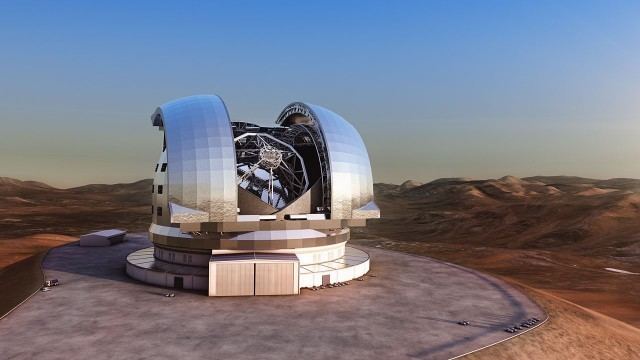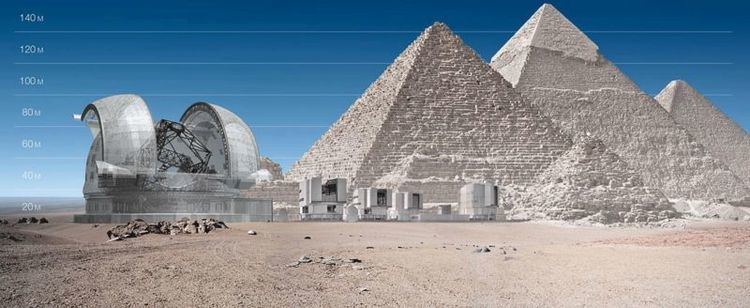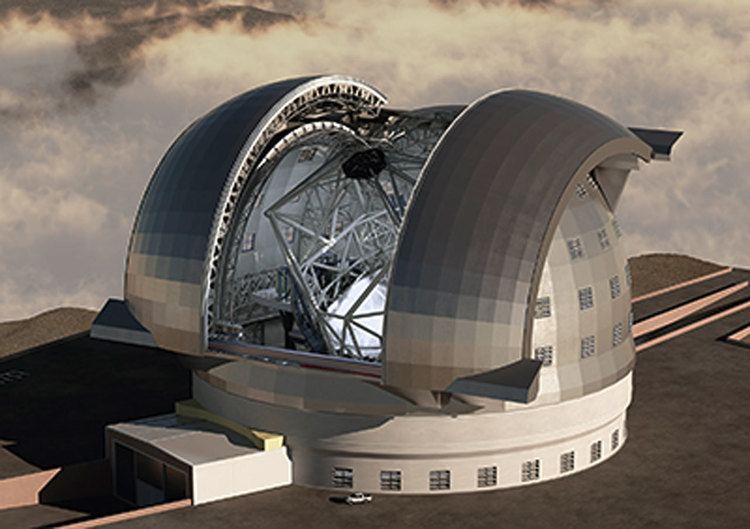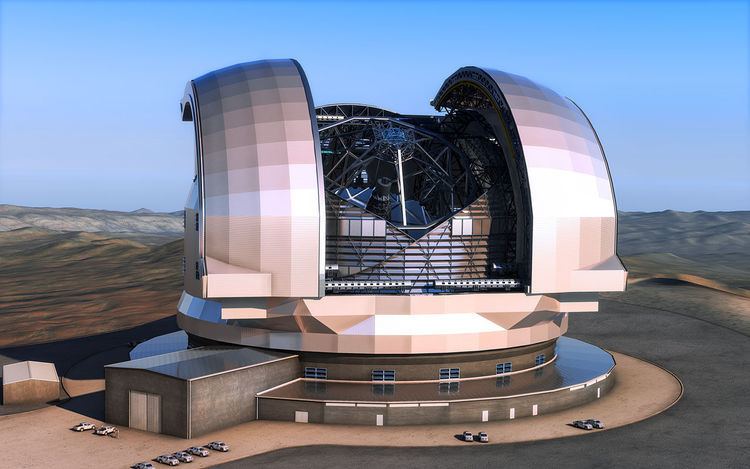 | ||
Extremely large telescope could unlock secrets of alien planets how it works video
An extremely large telescope (ELT) is an astronomical observatory featuring an optical telescope with an aperture for its primary mirror from 20 metres up to 100 metres across, when discussing reflecting telescopes of optical wavelengths including ultraviolet (UV), visible, and near infrared wavelengths. Among many planned capabilities, ELTs are planned to increase the chance of finding Earth-like planets around other stars. Telescopes for radio wavelengths can be much bigger physically, such as the 300 metres (330 yards) aperture fixed focus radio telescope of the Arecibo Observatory. Freely steerable radio telescopes with diameters up to 100 metres (110 yards) have been in operation since the 1970s.
Contents
- Extremely large telescope could unlock secrets of alien planets how it works video
- ELTs
- Budget
- Projects
- References

These telescopes have a number of features in common, in particular the use of a segmented primary mirror (similar to the existing Keck telescopes), and the use of high-order adaptive optics systems.

Although ELT designs are large, they can have smaller apertures than the aperture synthesis on many large optical interferometers. However, they may collect much more light, along with other advantages.
ELTs

The Keck Observatory (2 x 10 m) and the Very Large Telescope, of the European Southern Observatory on Cerro Paranal in the Atacama Desert of northern Chile, measure 4 × 8.2 m and 4 × 1.8 m, all on separate mounts but in one building for interferometry.
Budget
Possible budget figures, which are estimates and can vary over time.
Projects

There were several telescopes in various stages in the 1990s and early 2000s, and some developed into construction projects.
Some of these projects have been cancelled, or merged into ongoing ELTs.

